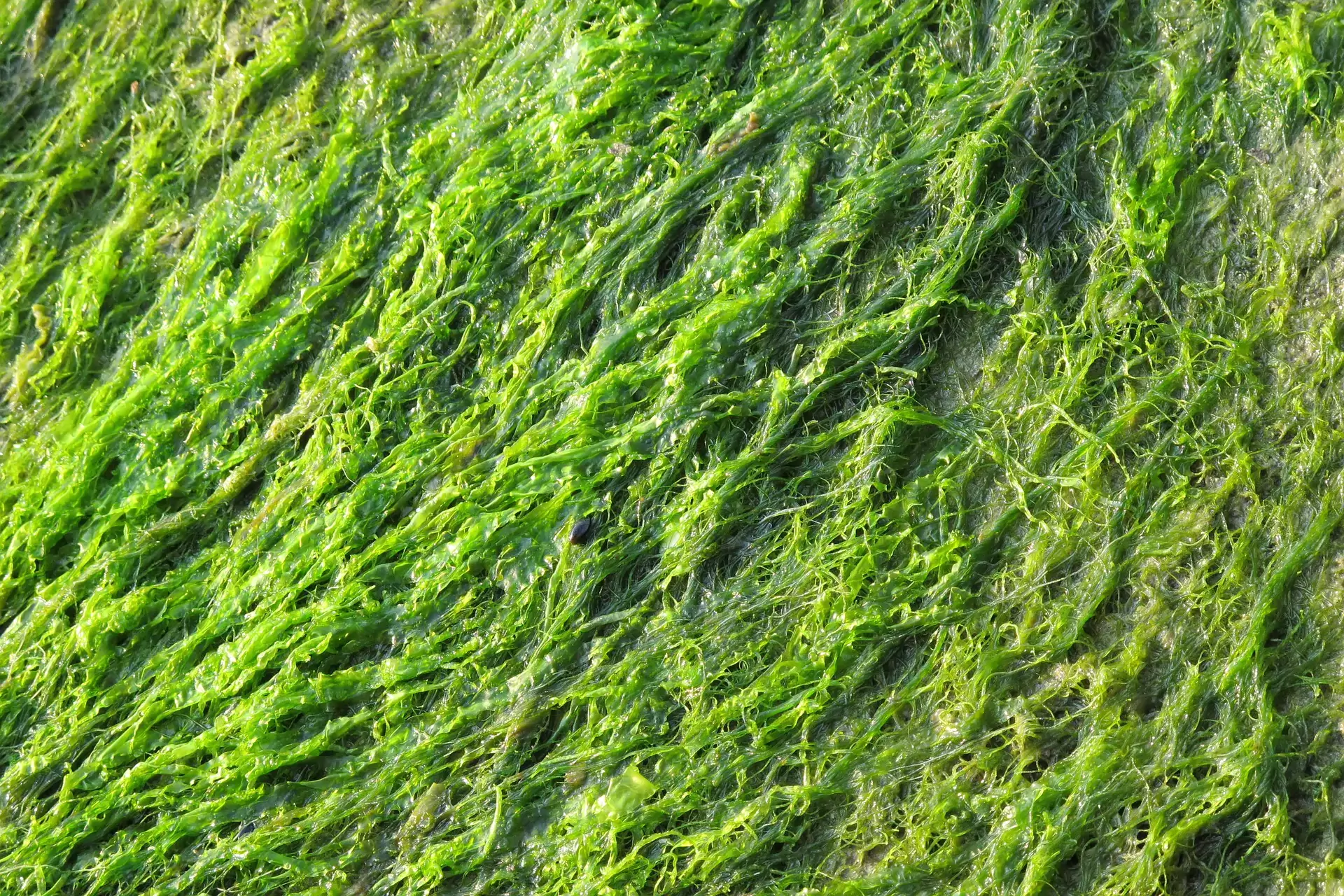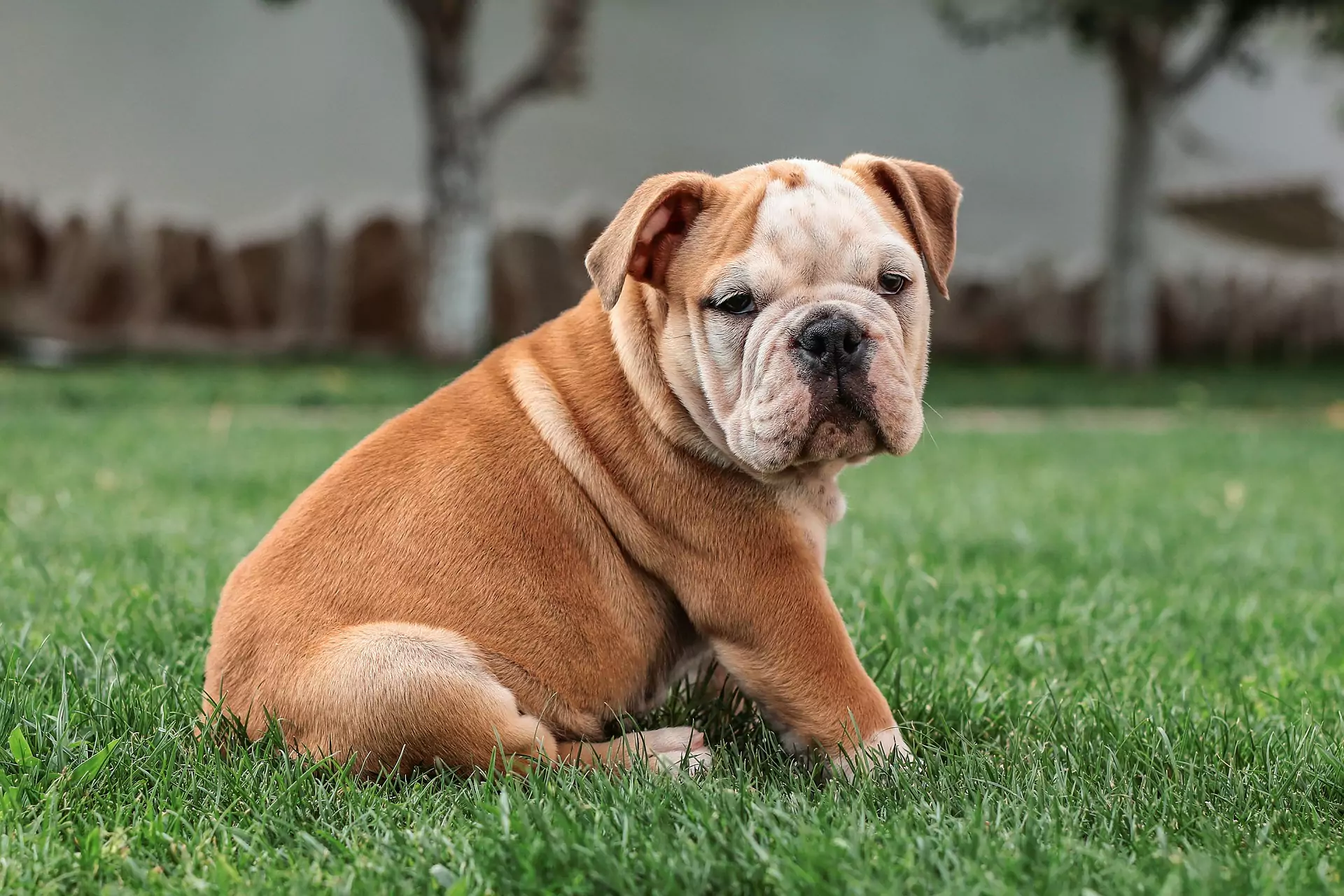Unveiling 15 Indicators of Dental Concerns in Pets
February 1, 2024
February marks Pet Dental Health Month, emphasizing an aspect of pet well-being that’s regrettably sidelined. Dental woes inflict comparable anguish on pets as they do on humans, if not more. Unlike humans, pets can’t articulate their discomfort or book dental appointments, making vigilance paramount. Recognizing signs of dental distress becomes imperative. Within this article, a local Ellicott City, MD veterinarian shares insights into identifying these signs, aiding pet owners in proactive care.
Our cherished pets commonly deal with dental issues, and even the most caring pet owner might miss important signs. Common problems include gum disease, abscesses, overcrowding, and misalignments. Dogs, particularly enthusiastic stick-fetchers like Fido, often experience cracked or broken teeth. Cats, too, are susceptible to tooth resorption and feline stomatitis. Recognizing these issues is vital for responsible and attentive pet caregiving.
Your vet should inspect your pet’s teeth at regular appointments. Stay observant for warning signs between visits.
- Plaque/Tartar Accumulation
- Rank Breath
- Bleeding Gums
- Drooling More Often
- Generally, cats don’t drool, so if you witness Fluffy dribbling, be attentive.
- Food Falling while Eating
- Preferring Tender Food/Treats
- Diminished Enjoyment of Play
- Swelling
- Shrinking from Being Touched
- Crabby Attitude
- Oral Pawing or Rubbing
- Raggedy Appearance of Coat (Cats)
- Changes in Nutritional Preferences
- Lowered Appetite Levels
- Sneezing
- More Signs of Dental Ailments
- Inflammation
- Visible Abscesses
- Extra Teeth
- Missing Teeth




!Social Icons